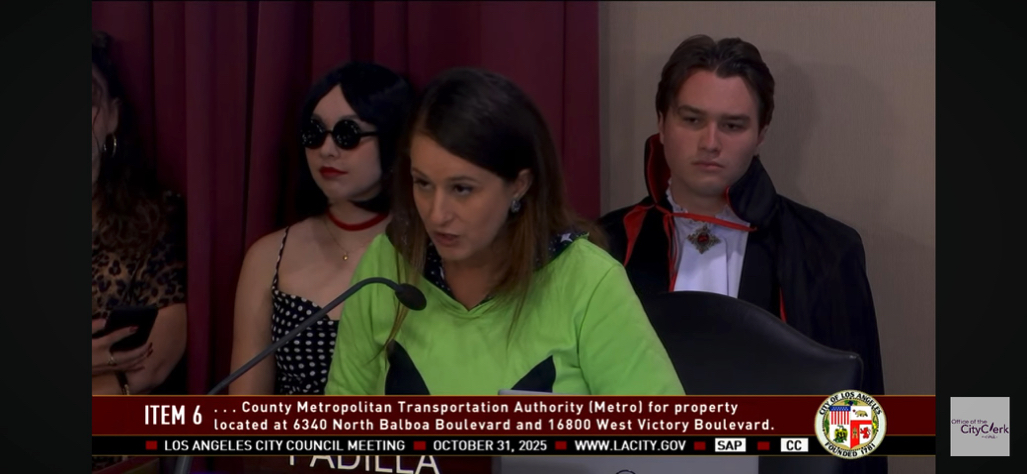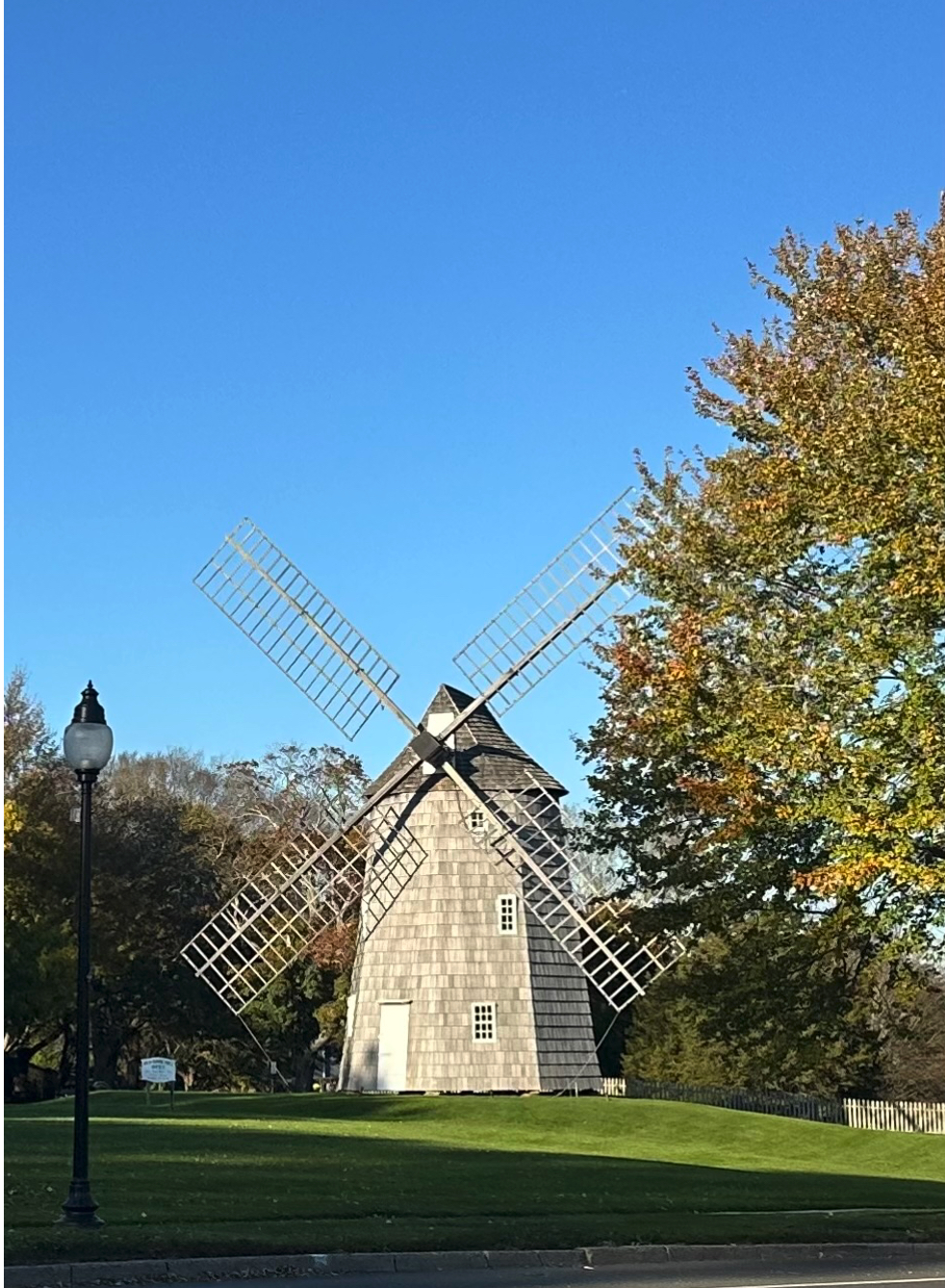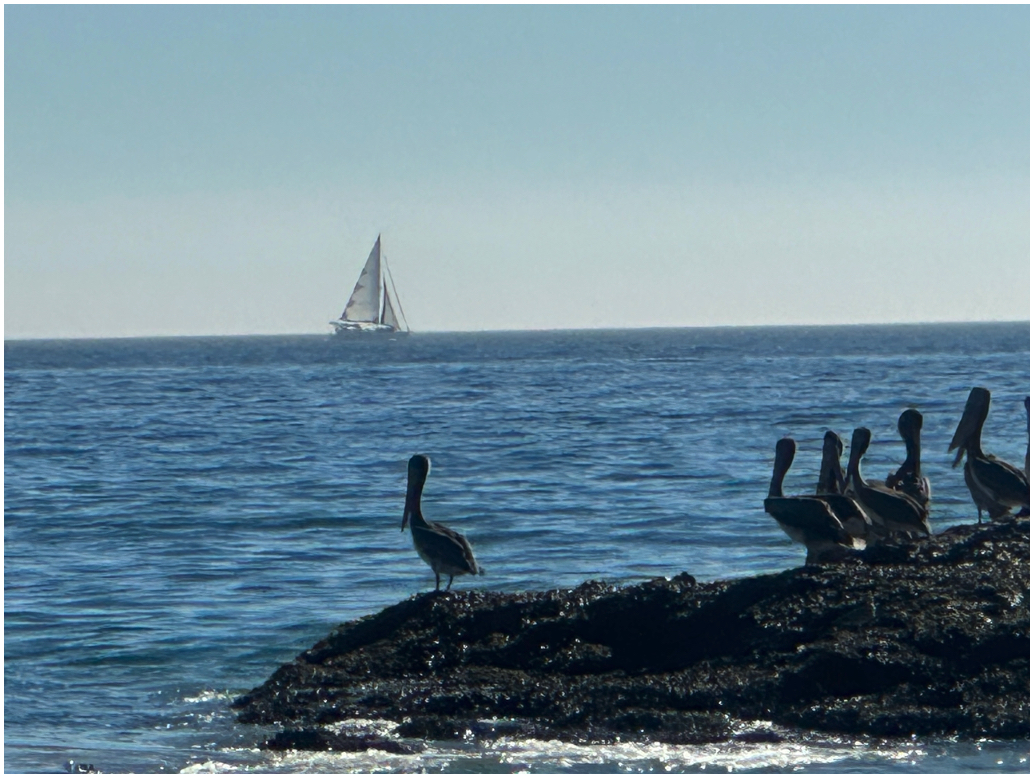Comments
ERIC PREVEN'S NOTEBOOK -
City Hall Bleachers
$28 tickets, $900 reality, and a harbor that smells like ambition.
You paid four hundred dollars to watch Shohei Ohtani from the nosebleeds before parking, nachos, and the thirty-five-dollar “convenience fee.” One fan bragged online he flipped a pair for twelve hundred. That’s not a seat; that’s a semester of community college.
Now the Olympics roll into town with shinier wallets and the same hustle. LA28 reps stood before the Ad Hoc Committee, smiling like game-show hosts, and announced tickets “start at $28.” Cue the applause. Except “start at” is corporate code for “you’ll never find one.” Those are the dawn slots for preliminary archery or early-morning table tennis, the events that air while you’re brushing your teeth.
Swimming finals, gymnastics, track — the moments that make history — will run hundreds before checkout fees. And who sets those? Not the City. Not you. The entertainment trinity does: AEG’s AXS runs the cart, German giant CTS Eventim the backend, and the luxury tier belongs to On Location, owned by Ari Emanuel’s Endeavor — the same conglomerate that sells UFC pay-per-views and represents Snoop Dogg. NBCUniversal pays the bills and gets the glow.

Go USA!
Casey Wasserman, LA28’s chair, isn’t Emanuel’s partner but his rival in altitude — both operate above accountability. Wasserman’s firm reps Olympians, golfers, brands, and musicians; Emanuel sells the velvet rope. Different jets, same sky.
The $28 ticket exists so a press release can sound generous. The average Angeleno will face sticker shock that makes Dodger Stadium look charitable. AEG and Eventim collect the “service” charges. Endeavor sells the champagne packages. The City Council waves politely from the dais.
Los Angeles built no affordable housing cuz we have stadiums, paved the boulevards (maybe), and will absorb the traffic and the tab. For its trouble, it gets a $28 myth and a $900 reality.
Legacy in LA always comes with a service fee.

Imelda Padilla, CD6, will explain a few things to Mr. Wasserman.
The Velvet Rope Cartel
Wasserman sits comfortably at the pyramid’s peak, fluent in philanthropy and profit. To his west, Ari Emanuel refines access into an art form. Together they form the moral geometry of LA’s mega-event era: one builds the stage, the other sells the view. Around them orbit Fanatics, AEG, NBCUniversal, and the rest of the logos of late capitalism.
Fanatics prints the shirts, handles the checkout, and smiles through every press release about community benefit. AEG’s AXS sells the tickets, CTS Eventim takes its slice, and NBCUniversal streams the glory. Harvard-Westlake’s trustee list overlaps neatly with LA28’s board — Mark Attanasio of the Brewers, Jaime Lee of Jamison Realty, and Alison Ressler of Sullivan & Cromwell, who closes billion-dollar deals like lunch tabs. The civic bloodstream runs smooth: school board to museum board to Olympic board.
Across town, Mark Walter — fresh off announcing the closing of his purchase of the Lakers — watched his Dodgers win Game 7, cementing their coronation as a Dynasty. In Los Angeles, every arena is an asset class, every legacy can be securitized. None of this is corruption; it’s strategy. The city’s elites are doing exactly what the bylaws reward — extracting civic prestige from public labor. They call it legacy and partnership. We call it Tuesday.
The Fine Print Fiasco
Los Angeles isn’t being robbed. It’s being optimized. Every time a councilmember thanks LA28 for its transparency, a consultant somewhere gets a bonus. Every time a kid in South LA is told the Games will “inspire,” another licensing clause clicks into place. There will be slogans about unity, murals about diversity, and commemorative patches for inclusion, all trademarked.

Ysabel Jurado, CD14, placed in the Van Nuys Only [VNO] costume contest!
The upside? LA will look magnificent. The Coliseum will glow, the harbor will shimmer, and the blimp shots will make you proud. And when it’s over, the people who sold you access will still own the keys.
Los Angeles manufactures narratives. We’re told this one is about inspiration, community, and world peace. It’s really about margins, exclusivity, and world-class hospitality. Step right up, civic partners. The $28 ticket may be the illusion, but the spreadsheet of privilege is the real show.
Behind the velvet rope, LA keeps dancing, billing by the beat.
Sailing in a Superfund
Nothing says Olympic legacy like watching million-dollar boats zigzag through a Superfund site. In 2028 the eyes of the world turn to San Pedro, where Councilmember Tim McOsker fought heroically — and then congratulated himself — to bring Olympic sailing to the Port of Los Angeles. Forget surf or skate; the working harbor becomes a floating festival of sunscreen, security, and temporary fencing.
From the bleachers you can see both racing yachts and rusted tank farms — a perfect metaphor for Los Angeles, forever trying to gentrify its own exhaust. The Coast Guard will guard. Fans will hydrate. The official beer, Michelob Ultra, pairs beautifully with particulate matter and the faint bouquet of diesel.
On Location, Emanuel’s hospitality arm, will offer the $1,200 “Harbor Elite” package: one folding chair on a barge, charcuterie optional. Everyone else will stand along Harbor Boulevard, squinting through the haze, pretending to spot a mainsail. The commentators will talk about “legacy.” The locals will talk about parking.

Wind power at LA City Hall is more robust than zeitgeisty...
Behind the merch tents, Fanatics will sell SAILING LA28 shirts while the city declares the event “a chance to connect communities to the waterfront.” They’re right, if by connect you mean block. Somewhere in a suite overlooking the cranes, Wasserman and Emanuel will toast the activation while McOsker calls it a win for working families — many of whom will be working overtime rerouting container trucks.
When the wind shifts over San Pedro and the air tastes faintly of ammonia and ambition, raise your cup. LA finally found a sport where the rich get seasick and the rest of us get a view.
City Hall This Week — November 3, 2025
All City Council meetings stream live at council.lacity.gov/calendar
Back in City Hall this week, the First Financial Status Report arrives with all the excitement of a utility bill. Picture your emergency fund after Black Friday — depleted but not zeroed. The Reserve Fund sits at $319.6 million, below the five-percent policy target of roughly $420 million. A $100-million transfer in December might nudge it closer.
Liabilities — payouts for lawsuits and claims from sidewalk injuries to police misconduct — totaled $525 million over the past two years, $325 million more than budgeted. This year the city added another $100 million to that line. One $8-million slip-and-fall wipes out eight percent of the cushion.
Revenue is soft, city-speak for meh. Business, hotel, and sales taxes wobble. The CAO doesn’t throw surplus parties; they plan mid-year corrections — slower hiring, deferred maintenance, and creative vacancy shuffling to stretch payroll. The roof holds for now. Keep the tarps handy.
The Budget and Finance Committee vanishes behind closed doors to discuss torts — two trip-and-falls and a police case. Each closed session hides a budget iceberg; one jury verdict equals a library’s annual budget.
Public comment remains in person only. City Hall prefers its critics breathless, masked, and within gavel range. It keeps the adrenaline up, if not the democracy.
Tuesday morning, Government Operations will debate a motion from Jurado, McOsker, and Hernandez to prevent “unlawful federal entry” onto city property — a symbolic stand meant to protect local sites from overreach. The Supremacy Clause ensures it’s mostly theater, the legislative equivalent of hanging a “No Vampires Allowed” sign at twilight.
Later that afternoon, the Energy and Environment Committee hears LADWP’s pitch for the Scattergood Power Plant “hydrogen-ready” upgrade — natural gas today, clean fuel tomorrow. A bridge strategy, practical now, aspirational later.
Wednesday’s Housing and Homelessness Committee renews the Inner City Law Center’s tenant-harassment contract, funding legal support for renters facing eviction or intimidation. Former City Attorney Mike Feuer, now the center’s Senior Policy Advisor, isn’t listed as involved, but the optics raise brows. The man who once defended the city in housing disputes now advises the advocates suing it. Ironic. Infuriating?
Across the hall, the full Council handles LA28 business, moving closing ceremonies entirely to the Coliseum — fewer sites, fewer headaches — and reappointing Chrissie Castro, Andrea Garcia, and Vivian Garcia to the Native American Indian Commission, ensuring steady stewardship on cultural preservation and land issues. [Rightsize the acknowledgement.]
By Friday afternoon, a joint committee will attempt to merge the Departments of Aging, Community Investment for Families, Economic and Workforce Development, and Youth Development into one mega-bureaucracy. The goal is fewer silos, more synergy, and ideally no nervous breakdowns.
Also up: a million for RepresentLA youth civics, new streetlights on Morella Street, and upgrades at Heart of LA Youth Park.
Merging departments is City Hall’s idea of decluttering — shuffle the mess into one bigger drawer and call it reform. Does it spark joy? No. Savings? Possibly. Confusion? Absolutely. But if it works, someone might actually get help.
County Hall: From Pledge to Perimeter
All County Board meetings stream live at https://bos.lacounty.gov/
While City Hall rearranges its drawers, the County prepares to expand its own — with pledges, perimeters, and Pumpkin Powerpoints.

A Gord-geous presentation goes a long way!
Back in April 2023, I proposed right-sizing the County’s land acknowledgment to four or five Pledges of Allegiance — one per district. “I pledge allegiance…” takes fourteen seconds and still brings a room to order. The County’s version takes a full minute and, thanks to Tuesday’s update, will now be read and displayed at every meeting starting in December. Respect, like democracy, doesn’t always benefit from repetition.
Tuesday’s Election Day Board meeting starts at eleven, blending ceremony and containment. After acknowledgments and awards, they’ll pivot to OurCounty 2025 — a refreshed sustainability plan with climate metrics and a dashboard for all five Supervisors’ priorities. It’s billed as visionary; it’s continuity with enhanced graphics. The Board will congratulate itself on saving the planet, then move to the next item: protecting the public from itself.
That’s Item 16 — a study of a “Prohibited Predatory or Aggressive Solicitation Zone” around DPSS offices. In plain English, it’s a perimeter to keep paid signature gatherers and campaign workers from mingling with people in line for services. County Counsel drafts the ordinance, Public Works scouts hot spots, the Sheriff enforces. Not Orwellian — more like administrative feng shui: a tidy aura around human need.

"In this grave hour, perhaps the most fateful in our history, I speak to you — with the same depth of feeling..."
The main event — fusing the homelessness bureaucracy into a single six-hundred-person super-agency — has been delayed to November 18. Measure H funds, Inside Safe contractors, every “housing navigation” acronym under one roof. What could go wrong? Enough to need two more weeks. [Merging Departments is zeitgeisty!]
The Supplemental (sometimes called the green sheet) adds smaller gestures: an “88 for 28” Olympic parking waiver, another Shelter Crisis declaration, new soil testing for post-fire neighborhoods. All good works, lost in thick procedural fog.
The Supervisors will stand tall, recite the long acknowledgment, and promise sustainability, safety, and compassion. In the back, a Smart Speaker whispers the pledge — shorter, clearer, still indivisible.
(Eric Preven is a Studio City-based television writer-producer, award-winning journalist, and longtime community activist. He is known for his sharp commentary on transparency and accountability in local government. Eric successfully brought and won two landmark open government cases in California, reinforcing the public’s right to know. A regular contributor to CityWatch, he combines investigative insight with grassroots advocacy to shine a light on civic issues across Los Angeles.)









